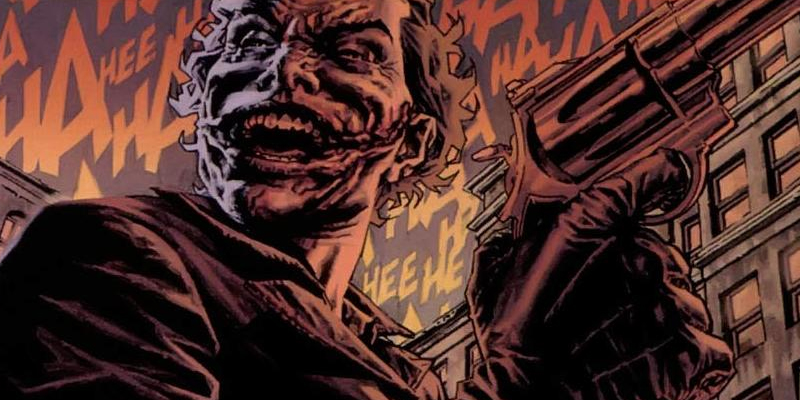

The chapter considers the various commercial and creative reasons for producing these seemingly redundant transmedia extensions. Drawing on new interviews with comic book adaptation writers and artists such as Dennis O’Neil (Batman), Max Allan Collins (Road to Perdition, Dick Tracy), and David Yardin (Injustice: Gods Among Us), this chapter positions comic book tie-ins as antecedents to today’s transmedia practices. To bring this analysis into sharper focus, the key examples will be those texts that close the loop between comics and cinema: comic book adaptations of comic book movies.

This chapter argues that the comic book adaptation offers a window onto the creative and formal fluidity that marks today’s media industries. Yet despite the volume and longevity of this practice, these comic book adaptations have received little scholarly attention. This long-standing practice has often seen films that were based on comics, such as Teenage Mutant Ninja Turtles (1990), Judge Dredd (1995), and The Avengers (2012) return to their originating form via comic book adaptations. Since the earliest days of the US comic book industry publishers have adapted popular films (and later TV shows), with DC Comics’ precursor National Allied Publications releasing Movie Comics in 1939, which promised “a full movie for 10¢” and featured Imperial adventure film Gunga Din on the cover of the first issue.


 0 kommentar(er)
0 kommentar(er)
